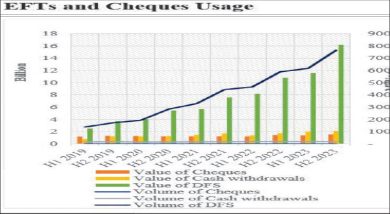World Bank slashes Malawi’s economic growth rate to 2%
The World Bank has slashed Malawi’s economic growth rate for 2024 to two percent from an earlier projection of 2.8 percent due to prolonged dry spell and the continued scarcity of foreign exchange.
In its April 2024 Malawi Macro Poverty Outlook, the Bretton Woods institution has since warned that high inflation and food shortages will impact household welfare, with the proportion of people living below the poverty line of $2.15 (about K3 764) a day projected to increase the country’s poverty rate to 72 percent in 2024 from the 71.7 percent in 2023.

The bank said the continuous rise in prices, especially for food and transportation, has adversely affected household consumption and worsened food insecurity.
Reads the report in part: “Limited availability of agricultural inputs and the impact of prolonged dry spells during the growing season will result in reduced agricultural output.
“Continued liquidity challenges in foreign exchange markets are expected to continue affecting the importation of raw materials and production inputs, constraining economic activity in industry and services.”
In an interview yesterday, Scotland-based Malawian economist Velli Nyirongo described the trend as worrying, observing that the economic growth is not keeping pace with the country’s expanding population.
He said this has a negative impact on people’s welfare as living standards could stagnate or even decline, pushing more people into Additionally, the government might have less money to invest in crucial services such as education and healthcare, needing to borrow more to maintain social programmes or invest in infrastructure, thereby increasing the national debt burden,” said Nyirongo.
In recent years, Malawi’s economy has grown by an average of two percent due to internal and external shocks.
National Planning Commission spokesperson Thom Khanje, whose organisation is the implementing agency for Malawi 2063, said the country can attain the growth rates required for the attainment of the lower middle-income status by 2030.





